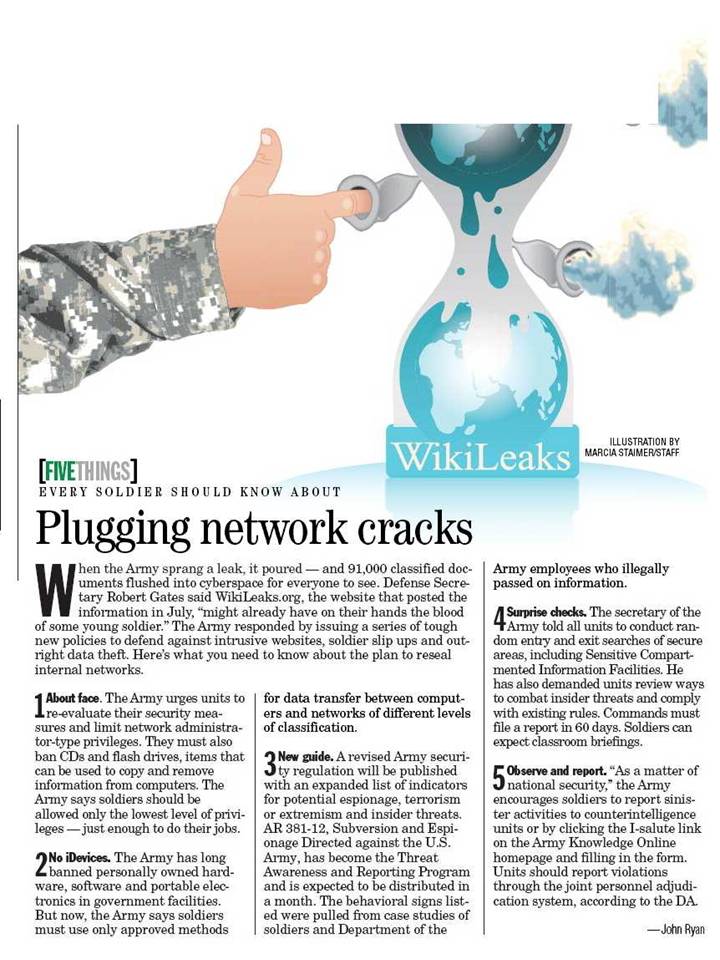Vmyths traces its roots to a “Computer Virus Myths treatise” first published in 1988. It evolved into the critically acclaimed “Computer Virus Myths home page” in 1995, then it moved to Vmyths.com in 2000. Its name has changed over the years, but Vmyths remains true to its original goal: the eradication of computer security hysteria.
Vmyths sells the truth about computer security hysteria. We take no prisoners; we pull no punches; and we refuse computer security ads in order to maintain our independence.
Our editors:
Rob Rosenberger edits Vmyths and writes as a columnist. He is one of the “original” virus experts from the 1980s, and the first to focus on virus hysteria. Red Herring magazine describes him as “one of the most visible and cursed critics in computer security” today, and PC World magazine says he “is merciless with self-appointed virus experts and the credulous publications that quote them.” Rosenberger was one of only a dozen industry experts invited to the White House’s first-ever antivirus summit meeting in December 2000.

George C. Smith, Ph.D. serves as Vmyths‘ editor-at-large. He also writes as a columnist. His seminal book, The Virus Creation Labs, documents the insane early history of the antivirus world. He also published the critically acclaimed Crypt newsletter. The San Jose Mercury News recommends Smith’s work to “those who insist on at least a modicum of fact, accuracy and clear thinking in their tech news.”
Continue reading “VMyths: Truth About Computer Security Hysteria”








